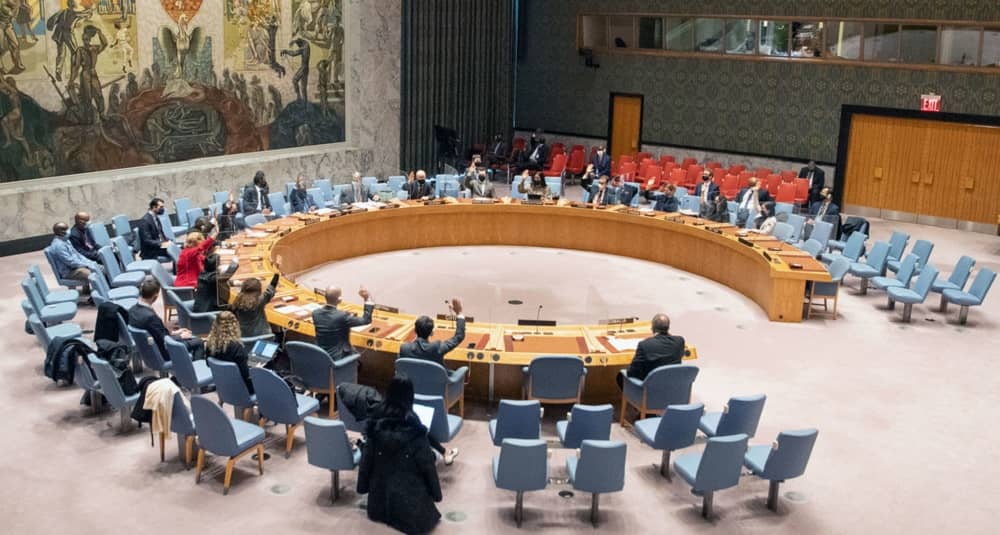Facebook
Twitter
LinkedIn
Pinterest
Reddit
Email
Print

On September 28, 2025, the UN “snapback” mechanism took effect, re-imposing all UN sanctions suspended under the 2015 nuclear deal. In plain terms: Iran again faces sanctions adopted under Chapter VII of the UN Charter, including a renewed arms embargo and restrictions tied to ballistic missiles.
That calendar milestone is more than a legal reset. It’s a strategic inflection point in a contest spanning two decades—between the Iranian regime and the Iranian people, and between appeasement and a principled policy long urged by the democratic opposition.
What snapback validates
First, appeasement failed. As Mrs. Maryam Rajavi, the President-elect of the NCRI has warned for years, concessions don’t moderate Tehran; they incentivize aggression. Her message to lawmakers in Europe captured the lesson crisply: giving the regime breathing room “only serves to intensify tensions rather than ease them” and must be replaced with firm measures—designating the IRGC, activating snapback, and placing the regime under Chapter VII. Snapback’s return is a belated recognition of that logic.
Second, facts—not wishful thinking—got us here. The crisis began with opposition-led disclosures, notably the August 2002 revelation of Natanz and Arak, which forced international inspections and rewrote the world’s understanding of Tehran’s program. Multiple independent accounts record that the NCRI/MEK’s press conference in Washington put those clandestine sites on the map and pressed the IAEA and capitals into action.
Third, the case for a policy pivot is overwhelming. The E3 themselves stressed that re-imposed UN sanctions are not the end of diplomacy—but they are the end of illusions. The question is what diplomacy is for. A decade of “behavior change” hopes has left Iran’s rulers more repressive at home and more adventurous abroad, exactly as Mrs. Rajavi and the Iranian Resistance repeatedly predicted.
NCRI has long warned about the #Iranian regime’s secret nuclear weaponization. Since 2004, it has exposed METFAZ’s role in explosive chambers at Parchin. Decades later, METFAZ remains central to #Tehran‘s nuclear ambitionshttps://t.co/EiJenArCtmhttps://t.co/3z7ZiPGfWB
— NCRI-FAC (@iran_policy) December 21, 2024
Three paths on the table—and why only one works
Path 1: Squeeze for a grand bargain. The idea is that pressure will compel the regime to “drink the poison” and enter a serious nuclear/ballistic/regional deal. Snapback’s very activation shows why this is unlikely: if Tehran were prepared to settle, it would have moved before snapback ripened. A decade of indulgence delivered the opposite result.
Path 2: War to decapitate the program or the state. A full-scale invasion is neither credible nor desired; limited strikes could set back capabilities without producing change. The regime knows it—and calculates it can absorb blows while tightening repression. That calculus is built on the belief that external force alone won’t topple it.
Path 3: Change by the Iranian people and their organized Resistance. Durable transformation requires forces on the ground—not hashtags. Here the MEK’s Resistance Units and the NCRI provide precisely what every successful transition needs: organization, a democratic program (free elections, separation of religion and state, gender equality, ethnic autonomy within Iran’s territorial integrity, and a non-nuclear future), and international recognition that has steadily grown across parliaments in Europe and North America.
In the face of the regime’s malign activities, the international community must no longer delay the activation of the snapback mechanism. This regime is a threat to global peace and security and must be placed under Chapter VII of the United Nations Charter.
The ultimate solution… pic.twitter.com/xq7rckIpaQ
— Maryam Rajavi (@Maryam_Rajavi) April 3, 2025
This is not abstract. In message after message to lawmakers on both sides of the Atlantic, Mrs. Rajavi has outlined a coherent policy:
Ending the cycle of compromise and appeasement, which is based on the illusory hope of moderating the regime’s behavior, requires recognizing the Iranian people’s right to resist tyranny, acknowledging the role of the Resistance Units in confronting repression, designating the IRGC as a terrorist entity, and making clear that the viable solution is neither foreign war nor continued accommodation, but democratic change brought about by the Iranian people and their organized movement.
A crucial missing link in Western policy toward Iran has been the persistent disregard for the demands of the Iranian people and their organized resistance. It is long overdue to break with this failed policy once and for all.
Who Represents the People of #Iran?https://t.co/B6fXrDkBWb
— NCRI-FAC (@iran_policy) September 7, 2023
Final word
A decade of appeasement has proved that Tehran uses “diplomacy” to deceive and buy time. Iranians—and the wider world—have paid a heavy price for many years. Drawing hard lessons from the past demand refusing to repeat the same mistakes.
The solution lies with the Iranian people and their organized resistance. They ask for no money, no weapons, and no outside favors—only that the regime not be supported, and that their right to confront tyranny be recognized.
The decisive arena is within Iran. The responsibility of the international community is to stop enabling the oppressors and to stand openly with the Iranian people’s right to determine their own future.
Regional peace and stability demand a fundamentally new approach to Iran.